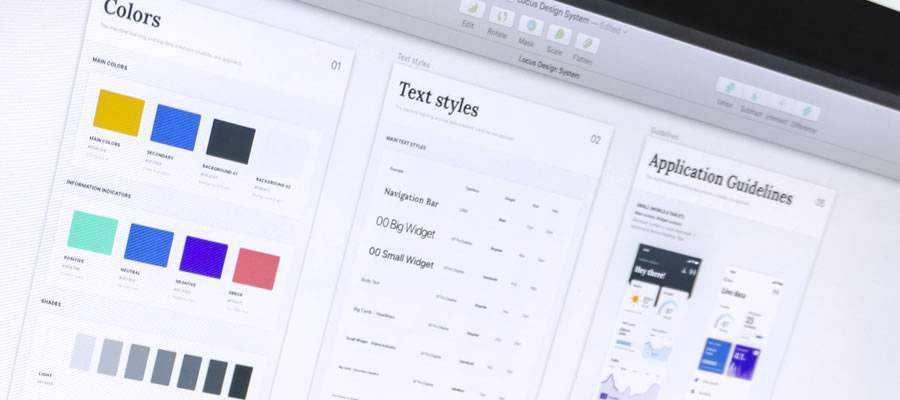Designers love to complain about ‘superficial’ design trends that they don’t feel have any staying power or contribute anything meaningful to the industry. But are they right?
I happen to think that whatever users find ‘trendy’ or cool, even though it may be fleeting, is part of the service a designer provides. It’s part of what clients are paying for. If you’re offering classic, outdated solutions that nobody wants, you are only hurting your own career.
Yes, it might be annoying to feel you must bend to the whims of the ‘masses,’ but if those masses are looking for something you can’t give them, they aren’t going to pay you.
Adopting visual trends is simply a part of providing a commercial service. The only way you can really subvert a design trend is by creating one of your own, which allows you to be the thought leader and influence other designers to follow your lead instead. This is extremely difficult to do, however, and the vast majority of designers are followers rather than leaders.

Don’t believe me? Just look at the designs for tablets and smartphones both before and after the release of the iPad and iPhone. Those designs were so influential that they virtually eliminated any design possibility other than sleek, thin, and black (or white).

Mobile Phones Before the iPhone [Image Source]
The Nature Of The Beast
Yes, people are quick to jump all over a new trend, causing it to look dated in a matter of months. But, like it or not, that’s the nature of the industry these days. Ideas spread much faster than they used to, thanks to the internet. Which means that designers and clients alike are exposed to new trends constantly.
But how do you stay abreast of new trends while not running around like a headless chicken, trying to adapt to every new trend you think might get you more clients? There are three ways you can go about it, which I will explain.
1. The Puzzle Piece Approach
You can use the constant influx of new trends to your advantage as a designer, adjusting your personal style to fit the range of what clients may be looking for depending on which corner of the web they approach you from. I call this the ‘puzzle piece’ approach – you have the missing piece of the puzzle for every design project you take on.
This isn’t a bad way to do business as a freelancer if you don’t mind the constant switching and adapting. You probably won’t gain the venerable reputation of someone who sticks to their guns, but if you can continue to ride the wave and know just when and how to adapt, you’ll have a long career ahead of you.

2. The True Blue Approach
On the other hand, you may wish to develop a reputation for creating work that always bears your personal mark or style. You buck any and all new trends, and only serve clients who are looking for exactly the type of design work you specialize in.
This is a great way to build a solid, loyal client base and following, but there can be dangers here as well. You may find your base getting smaller and smaller as people’s attention is drawn to newer, more exciting trends.

Saul Bass Quote, Designed by Brittany Appel
3. The Goldilocks Approach
Personally, I think the ideal approach lies somewhere in the middle. If you’re too much of a trend hopper, you’ll have no credibility as a designer. However, if you’re too absorbed in your personal style preferences, you’ll alienate too large a portion of your potential market.
Don’t get me wrong – I’m the biggest believer in niching down your potential pool of clients. But you don’t want to go so niche that you’re unable to grow and expand your career.
Related Topics
Top